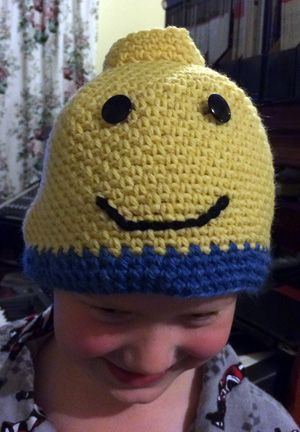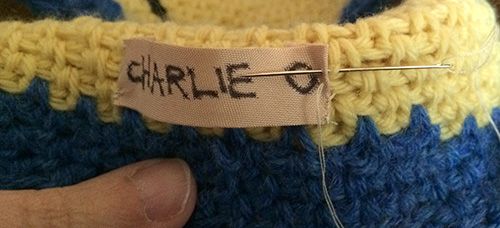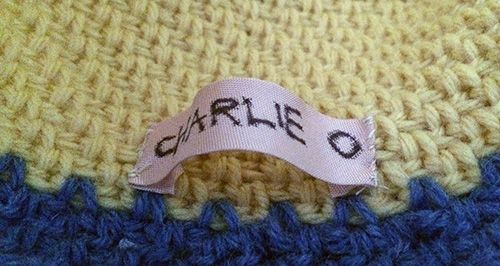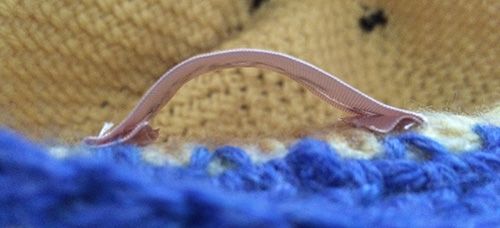I really want to make these. My stitches are always falling off the ends of my needles when I’m knitting socks. Probably because they sit in my work bag for several years at a time 😉
From Queensland Times, Ipswich Herald and General Advertiser, December 30th 1899.
Knitting.
Most people who knit have experienced at one time or another the annoyance of stitches dropping off the needles when the work is put down for a few minutes. Knitting-needle holders prevent this, and are extremely easy to make. Bore a hole, quarter of an inch in circumference, in the bottom of two hazel nuts. Remove the kernels, and with a red-hot knitting needle bore two small holes at each side of each empty shell. Run together (at both edges) two pieces of narrow ribbon, not quite half an-inch wide and three-quarters of a yard long. Then draw through the casing a narrow black elastic, two inches shorter than your knitting needles, and stitch each end of elastic to the small holes in nut, drawing the ribbon over the ends of elastic to hide the stitching. Tie a small bow at each end to cover fasten- ing, and the needle-holder is complete.





